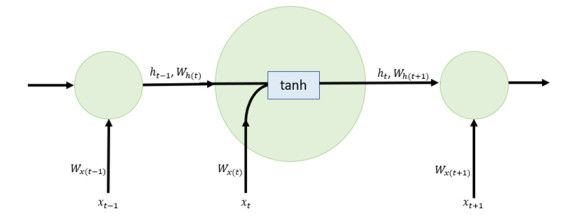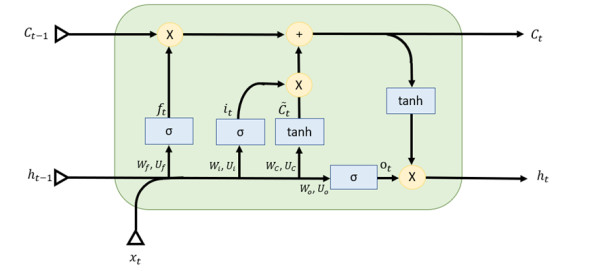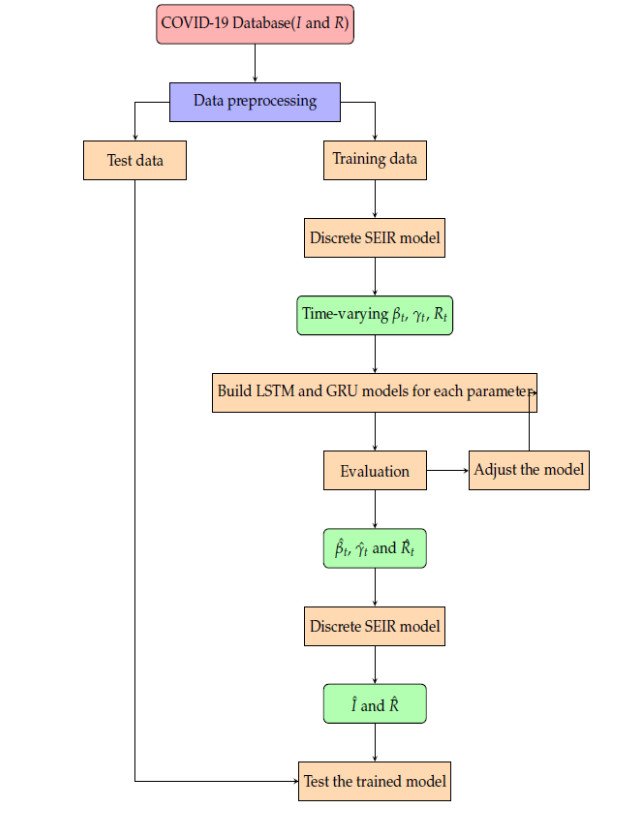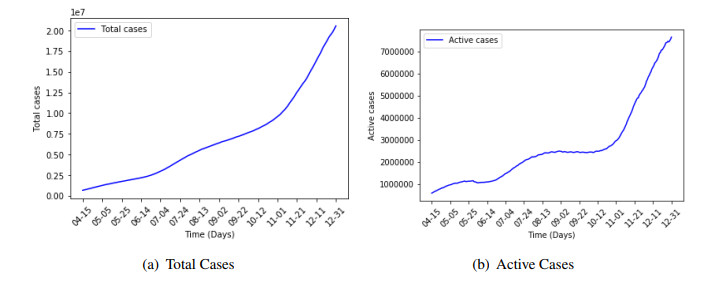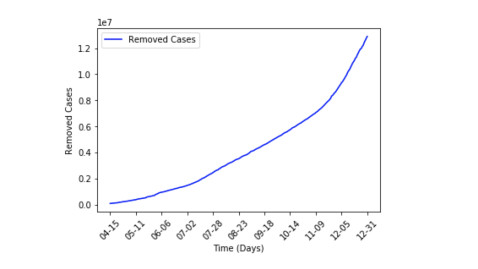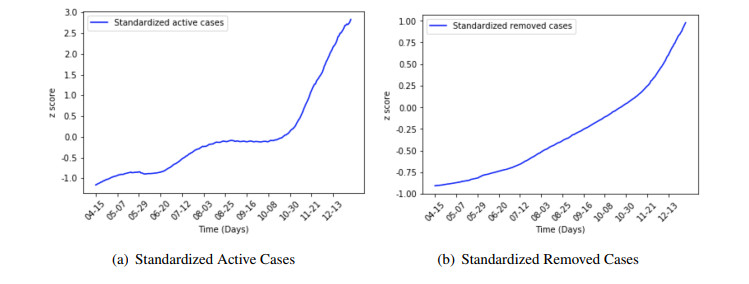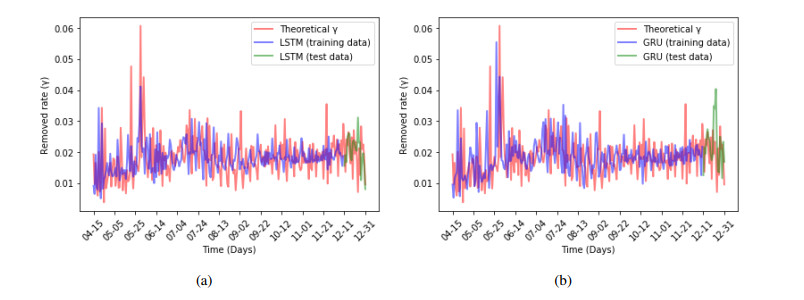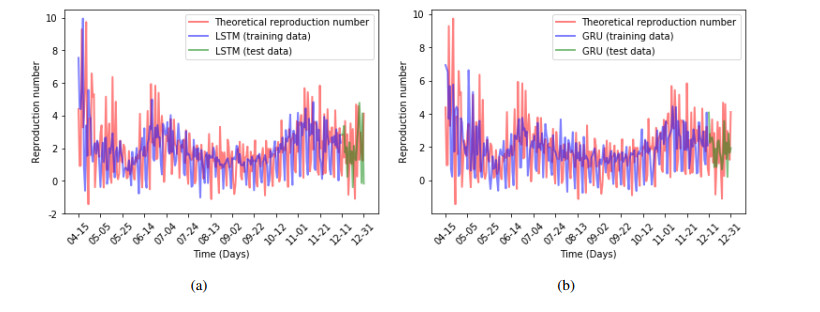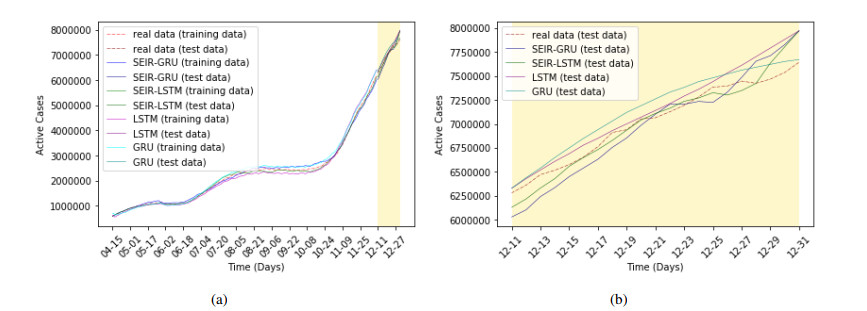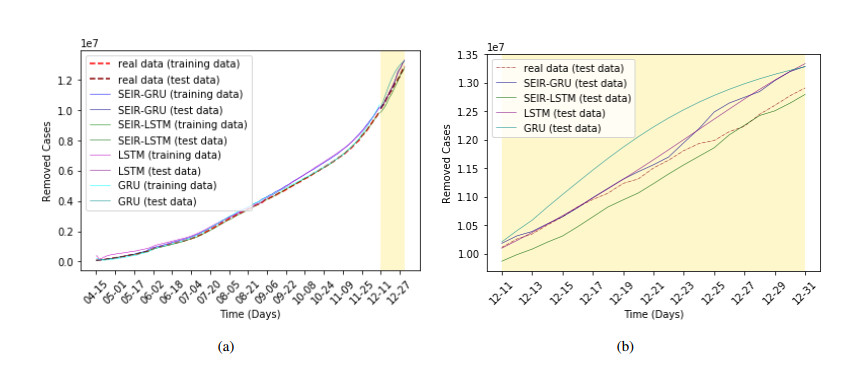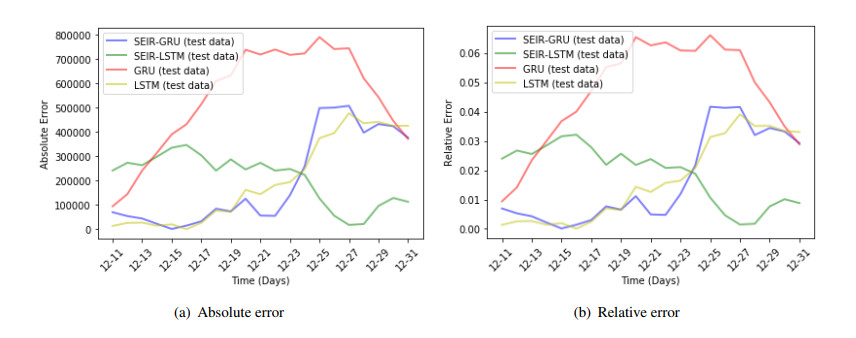1.
Introduction
Euterpe Oleracea Mart., also known as açaizeiro, is a palm tree native to the northern region of Brazil [1]. The açaizeiro is present in the entire Amazon region, presenting itself as part of the native forest or as açaizais, natural massifs predominant in the areas of floodplains and igapós [2]. Its fruits are globose or drupe, showing violet or green floral waste, when ripe [3].
Açaí, according to survey of agricultural production carried out by the Brazilian Institute of Geography and Statistics (IBGE), is one of the main non-timber forest products of great economic potential in Brazil. During the years 2016 to 2019, the country's production volume was, respectively, 1091667, 1335040, 1301472 and 1398328 tons of fruit [4]. Currently, about 70% of açaí Brazilian production is consumed in the domestic market, while the remaining 30% is exported to others countries around the world, mainly the United States [5].
With the growing Brazilian production of the açaí fruit, the industrial waste produced, because in the açaí pulp production chain, only 15% is used by the industry and the other 85%, consisting of mesocarp fibers and the stone, are discarded [6]. Some data report that around 365 tons of açaí stone are discarded as organic waste per day, showing a serious environmental problem [7].
With the large-scale production of açaí, the agroindustry faces great difficulty in relation to the final disposal of the waste generated, because to disposal in landfills, it would incur financial costs. There are few agribusinesses that, committed to environmental policies, are looking for new ways to reuse waste, through the circular economy [8]. However, most industries in the sector end up opting for inappropriate disposal in open areas, contaminating the soil and visually polluting the environment [9]. In order to reuse the açaí wastes, researches have been carried out on its incorporation in building materials. For example, Deus et al. [10], studied the possibility of incorporating the açaí roasted core as reinforcement in concrete, and observed that concretes reinforced with roasted stone showed a 42% increase in compressive strength when compared with reference concretes, showing great potential as reinforcement. The mortars, are the result of the mixture of aggregate (in general natural sand), water and a binder (cement and/or lime). Their characteristics can be modified from the dosage, mixture and type of aggregates. In relation the aggregates there are several factors influencing the mortar quality, such as, the hardness, the shape of the grains, the granulometry, the porosity. Other factors are origin, the state of cleanliness of the natural sand are factors that can change the characteristics of the mortar [11,12].
Azevedo et al. [6], analyzed the technological evolution and performance of mortars based on cement and lime, with the addition of açaí fibers (with additions of 1.5%, 3.0% and 5.0% in relation to the cement mass) in its natural form and after treatment superficial with NaOH. The properties analyzed were consistency, water retention, incorporated air, mechanical strength (compression and flexion), mass density (fresh and hardened state), capillary water, absorption and durability (wetting and drying cycles). The results obtained pointed out that the açaí fibers in additions of up to 3.0% in relation to the cement mass and properly treated with NaOH solution can be used as a reinforcement mechanism for mortar applications.
Research developed by Marvila et al. [13], evaluated the durability of mortars from external coating with the incorporation of açaí fiber. The mixture used were of 1:1:6:1.5 ratio (cement:hydrated lime:sand:water), containing incorporation of 0, 1.5, 3.0 and 5% of fiber treated with a NaOH solution in relation to the cement mass. The methodology consisted of characterizing the fibers using SEM-EDS (micrograph and chemical analysis), and subsequently to produce 50 cylindrical specimens (50 mm × 100 mm) cured at ambient temperature (23 ℃) for 28 d. The specimens, after curing, subjected to degradation by wetting and drying cycles, exposure to salt spray and thermal shock and after durability tests, the specimens were tested for mechanical strength and mass loss, comparatively before and after accelerated degradation. The wetting and drying cycles consisted of immersing the specimens in water for about 12 h and then placing them in an oven at 110 ℃ during 12 h, closing a cycle, this process was repeated a few times depending on the duration of the cycle. The salt spray test consisted of the dispersion of saline solution across the faces of the specimens during a cycle interval, in a controlled chamber for this purpose. Finally, the thermal shock was responsible for the evaluation under conditions of rapid freezing and thawing of the specimens, submitted to temperatures similar to the exposure of structures in countries with low temperatures. The results showed advantages in mortars with the incorporation of the proposed fiber contents, with emphasis on the content added of 3.0% which demonstrated an increase in the compressive strength from 6.23 to 8.41 MPa. In addition, when subjected to durability in wetting and drying tests, they showed greater strength compared to the reference mortar, 4.37 MPa against 6.65 MPa. The same was observed after the thermal shock, since the reference mortar had strength of 5.82 MPa, against 7.02 MPa for the composition of 3.0%. Thus, it demonstrated the improvement of the mortar when incorporated waste with from the proposed contents.
Many studies have evaluated the effect of incorporating açaí fiber, but the major problem associated with the use of natural fibers in cementitious composites is due to the high alkaline aggressiveness of the matrix, which degrades the natural fiber [14]. Thus, some studies assess the effect of surface treatment of natural fibers, usually in NaOH solution, denominated mercerization, which guarantees the formation of a protective surface film, in addition to improving the interfacial addition of the reinforcement with the matrix [15,16].
The use of the açaí stone in cementitious matrices is still almost unexplored in the literature, so it is not known what is its effective behavior within these matrices, and if there is a need for superficial treatment or not in this material. Another point to be explored is regarding its behavior inside in the cement matrix, which can be as reinforcement materials (as occur with most natural fibers in cementitious matrices) or as void filling material for the cementitious matrix.
Another research evaluated the characterization of açaí stone aiming its application in the development of new construction materials cement- based, for that, they were executed the characterizations of açaí stone the humidity, density and chemical composition (levels of lignin, cellulose and extracts) [17]. The results showed that the average density was 1.49 g/cm3, and a humidity between 2 to 6%, moreover the chemical composition found higher levels of lignin and extracts (approximately 15% more), in addition to a reduction in cellulose in relation to the others vegetable fibers evaluated (20% reduction). The research has concluded that application the açaí stone in the development of cement-based materials is possible and viable.
Considering the need to reduce the environmental impacts caused by the incorrect disposal of açaí waste and its potential of producing alternative materials for civil construction, this research proposed the reuse these waste in structural mortars. The objective of this work was to assess the feasibility of use açai stone waste, in natural and treatment with NaOH conditions, in structural mortar, that can apply in repairs in buildings, i.e., in beams, slabs and columns, located in regions with low load demand.
2.
Materials and methods
2.2. Materials
The materials used in the research were: the açaí stone (endocarp) with an average diameter of 9 mm (10 lumps chosen at random—Figure 1), density of 1.48 g/cm3 and chemical composition distributed in 75.34% carbon, 21.66% oxygen and 3% other elements; Portland cement type CP-II-E-32 that was choice because the large amount of use in structural mortar; natural sand dry with medium diameter 2.4 mm opening sieve pass (all grains with same average diameter), from the Paraíba do Sul riverbed with a density of 2.65 g/cm3 and a chemical composition of 98% SiO2. Natural sand had an average water absorption content of 17.50%, while açai stone had a water absorption content of 35.78%.
The açaí seed was obtained from an açaí ice cream production agroindustry, located in the municipality of Rio Novo do Sul, in the state of Espírito Santo. To obtain the core, the fiber that surrounds it was removed manually, then part of the core was destined for natural use and the other part was treated with a NaOH solution, to eliminate the impurities present in the material. The average diameter is 9 mm, with a yellowish color and very rigid, being similar to the crushed aggregates used in civil construction.
The solution was prepared using an electronic mixer, operated for 30 min, with a mass concentration of NaOH in 10% for each liter of water. The açaí stone, after drying in an oven, was immersed in the solution for 30 min. For each 500 g of stone, 1 liter of solution was used. Afterwards, the stone was washed with HCl, since it was subjected to an alkaline solution, neutralizing the pH of the material. Finally, was washed under running water and taken to the oven at a temperature of 80 ℃ until it was completely dry and ready for incorporation into mortar. This procedure was determined by Azevedo et al. [6].
The reference mixture was produced in the proportion of ratio 1:2:0.45 (one part of cement:two parts of sand:0.45 parts of water). The proportion of materials adopted aims at creating mortars to perform structural functions, such as repairs to concrete structures in specific points. The mortars with natural and treated stones followed the same proportion that reference mixture, and the incorporated stones replaced 25% of the natural sand mass. All composites were produced in accordance with Brazilian standard (NBR 13276, 2016), which specifies the preparation of mortars dosed in the laboratory [18].
2.2. Technological characterization of mortars
In the fresh state, the mortars were subjected to tests for consistency, water retention, incorporated air and density. For consistency were used guidelines of Brazilian standard (NBR 13276, 2016) [18]. For this test, a circular densification table was used, which after receiving the mortar molded in a standardized trunk cone (with base 125 ± 0.5 mm, height 65 ± 0.5 mm and top with 80 ± 0.5 mm), that was activated generating 30 impacts, leading to the horizontal spreading of the mortar in the table. The consistency index was the average between the three measures, and indicates a mortar workability parameter, which according to the Brazilian standard must be 260 ± 5 mm.
Water retention was performed by suctioning water using a vacuum pump, using a standardization plate containing mortar and mercury column, according to the Brazilian standard [19]. For the assessment of incorporated air and density mass in fresh state, the standards established by Brazilian standard [20]. A pressure gauge was used to evaluate the incorporated air and a cylindrical container with mass and volume known for density.
For evaluations in the hardened state, 3 cylindrical specimens were made for each type of mortar, in the dimension of 50 mm in diameter and 100 mm in height. The specimens, after 28 d of curing at temperature and humidity ambient (23 ℃), were subjected to a compressive strength under normal conditions [21,22]. The equipment used was a manual hydraulic press of the SOLOTEST brand with a capacity of 100 tf, 220 V-60 Hz.
Also, in the hardened state were executed the mass density tests were performed [22,23,24,25]. With the aid of a caliper, three measurements were made on the specimens to obtain the volume of the material, then these were weighed on the scale to obtain the mass [26,27,28]. Then, with mass and volume, density was calculated.
The optimum mixture was subjected to confocal micrograph, used to obtain enlarged images of the sample and to distinguish details of the surface and the interfacial region of the samples after rupture, through a MOTIC Agar-scientific microscope [29].
3.
Results and discussion
Figure 2 shows the consistency results. The horizontal spreading is related to the fluidity and consequent workability of the mortar [30]. There is a limit parameter, so that the mortar maintains good workability, the parameter is around 260 mm, which can vary by 5 mm, more or less [31,32,33,34]. The consistency values found in the samples with the incorporation of the stone, showed less spreading and consequent workability in relation to the reference sample, this is due to the condition of maintaining the same water/cement ratio, which was 0.45. Mortar with the presence of treated stone showed a reduction of 15% in relation to consistency of reference. Similarly, the mortar with the presence of the natural stone, dropped by 27% in relation to consistency of reference. The difference presented between the samples, evidences a characteristic of the stone in absorbing water, already noticed in another research (17.50% water absorption from natural sand while 35.78% from açai stone waste) [35,36].
Although the consistency values seem low for mortars, some authors suggest that for mortars with structural functions, the spreading values should be different from those applied in mortars for wall cladding [37,38,39]. These authors suggested that mortars with a spread above 140 mm were already suitable for structural mortar. Evaluating from this point of view, mortars containing açai stones are fluid enough for structural functions.
Figure 3 shows the results of water retention. Water retention is a property that is related to the ability of fresh mortar to maintain its workability when subjected to stresses that cause loss of mixing water, either through evaporation or through the absorption of water from the base. All mixtures submitted to the water retention test showed slight variations in relation to each other, as shown in Figure 2. The mortar with the addition of the treated stone, were showed an increase of 1.44% in relation to the reference mixture and 2.97% in relation to the natural composition. The mortar with the addition of natural stone, presented 1.53% water retention less than the reference mortar (from 95.84% in the reference condition to 94.31% in the natural stone condition). Others studies claim that mortar with water retention above 95% [34,40], presents a better performance for applications in walls, because values below 95% increase the retraction of the mortar. Azevedo et al. [6], points out that both mortars with the addition of natural fibers treated with NaOH, and those that do not have any type of treatment, showed a reduction in water retention, since water is retained internally in the fibers. The same occurred with the natural stone for demonstrating hygroscopic characteristics. On the other hand, the treatment carried out reduced this natural characteristic, bringing an increased retention in mortars with the treated stone. Despite the variation, all values are within the acceptable parameter for use, validating your application as structural mortars.
Figure 4 shows the results of incorporated air content. Analyzing the content of incorporated air, it was observed that the reference mixture showed index 6%, in relation to mortars with the incorporation of natural and treated stone, which presented, respectively, 4% and 5%, as shown in Figure 4. Marvila et al. [8], states that the content of incorporated air has a directly proportional effect on the workability of the mortar. This was confirmed by the data exposed. It was possible to conclude that as the stones were added to the mortar, the incorporated air content was reduced. The observed reduction can be attributed to a better packing of the core in the matrix, this is enhanced by the circular characteristic of the core, which is well adhered to the matrix, in addition to presenting good dispersion, according to visual analyzes.
Figure 5 shows the results of the mass density in the fresh state. In a similar way to the hardened state, it demonstrated the decrease in the mass of the mortar samples with the addition of the stone in front of the reference, presenting a lighter and malleable material, expressed by Figure 5.
Note that the mortars with the natural stone stand out because, in addition to being lighter in both mixtures, they have better strength in relation to mortars with the treated stone, which may prove to be an advantage in application of this research. It can be concluded that the fact that the stones take the place of natural sand that have a higher density, generates this characteristic to lighter mortars.
Figure 6 shows the results of compressive strength. It was observed that the mortars with the incorporation of the açaí stone, presented lower compressive strength when compared to the reference, that is an adequate behavior in cementitious materials that present multiple fine aggregates in its composition [23]. It is noted that the mortar with the addition of the treated açaí stone reveals a significant drop in compressive strength compared to mixture with natural açaí stone, leaving evidence that the type of treatment used did not perform a beneficial behavior, negatively modifying it in relation to the compressive strength. This happened because the treated stone showed volumetric expansion, which caused the appearance of internal tensions and consequently degraded the geometric integrity of the mortars [24], reducing the strength of the material. This indicates that use the treatment of açai stone should be discarded, contrary to what occurs in the naturals fibers [6].
However, the use of the mortar containing the natural açaí stone was can feasible, as suggested by some authors [8,11,12,25], mortars with compressive strength above 5 MPa can have structural functions. In addition, the composition containing natural stone did not present structural disintegration, which is another beneficial feature to structural use.
Figure 7 shows the results of density of specimens in the hardened state. Regarding the mass density in the hardened state, it was observed that the mortars with stones (natural or treated) presented minor mass density than the reference mortar, thus characterizing a better mortar to structural function. This result is due to the fact that the isolated açaí stone has a lower specific mass in relation to natural sand, observed in materials section. Furthermore, the stones showed an increase in mass density after receiving the treatment in relation to the natural ones, because the reactions between the film formed on the surface of the stone and the cementitious matrix favor the increase in mass [26].
Research that characterizes the isolated açaí stones has shown that they have an average density 15% lower than that of cementitious matrices. In addition, composite materials traditionally have higher rates of internal voids, due to the voids that arise in the transition region, between the reinforcement and the matrix [27,28,29]. It is also noteworthy that the açaí core, in this research, tends to behave as filling material, highly dispersed in cement matrix. In addition, some authors [27,30,31,32,33] suggest that the density of structural mortars should be limited to 2 g/cm3, which, as shown in Figure 7, is exceeded in the reference composition. Therefore, the effect of reducing the density in the mortar after incorporating the açaí stone is beneficial, and it is possible to meet this limitation to this application.
Evaluating the relative strength, which takes into account the division of the compressive strength by density, it is observed that for the reference composition this relative strength was 2.95 (MPa × cm3)/g, while the composition with untreated stone was 3.10 (MPa × cm3)/g. That is, although the compressive strength is lower for the treated stone composition, the relative strength that takes into account the density of the material is greater. This is a beneficial point for structural applications.
Figure 8 shows the results of optical microscopy of mortars containing natural stone, that was optimum mixture in mortar technological testes. It was observed in the figures the propagation of cracks, which can be considered the critical defect of mortars containing stones. Although the results are positive, it was highlighted that it is necessary to improve the adherence between the açai stone and the cementitious matrix. Thus, adherence mechanisms must be studied to improve the results obtained, which are already extremely positive.
The cracks found in the mixture with natural stone (shown in Figure 8) are on the order of 2 to 3 mm on average, these values can be admitted due to the process of shrinkage of the mortar during the hydration process of the cement paste, not causing significant problems of durability in structural mortar, and these values are in accordance with literature data [33,41,42]. Another important observation is that the cracks was show in the matrix only, and not had rupture of the açai stone, can this have considered as a reinforcement function complement in the mortar, i.e., act as a complementary element to the filling of the cement matrix.
4.
Conclusions
After analyzing the results of this research, it can conclude that: the mortars in a fresh state, with the addition of the natural and treated stone, did not show significant changes in relation to the reference mixture. The exception was observed in the content of incorporated air, which was higher in the treated stones than in the natural stone. The addition of the açaí stone caused a reduction in the mechanical strength to compression in both situations, however, the strength of the mortar with natural stone, falls within the minimum values recommended by others studies, and can be used in specific structural applications. The other parameters of the hardened state (density, consistency, water retention and incorporated air), were within the accepted indices, with emphasis on the reduction of density in mortars with açai stone, leaving the material lighter, which is beneficial for structural applications proposals.
An important observation was the high volumetric expansion observed in the core with treatment after the curing period, which resulted in loss of mechanical strength and greater incorporated air in relation to the natural condition (stone without treatment). This type of behavior is not recommended for structural mortars, especially considering the adverse conditions of exposure to which they will be subjected.
Thus, it can be concluded that there is a potential for partial replacement of 25% mass of natural sand by natural açai stone for the production of mortar for structural applications, being positive from a technologic and environmental point of view, as it will avoid the disposal of this waste in landfills. As it is a mortar with low compressive strength, its application is suggested for the purpose of repairing specific structural defects that arise in the molding stage of beams, slabs and columns, located in regions with low load demand.
Acknowledgments
The authors thank the Brazilian agencies: CNPq, CAPES and FAPERJ, grant number E-26/010.001953/2019 and E-26/210.150/2019, for supporting this investigation.
Conflict of interest
The authors declare that there are no conflicts of interest.
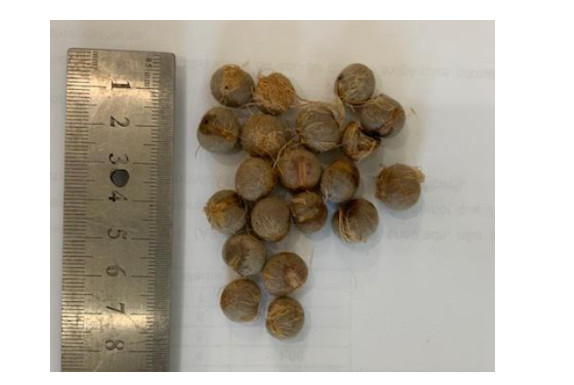









 DownLoad:
DownLoad:










